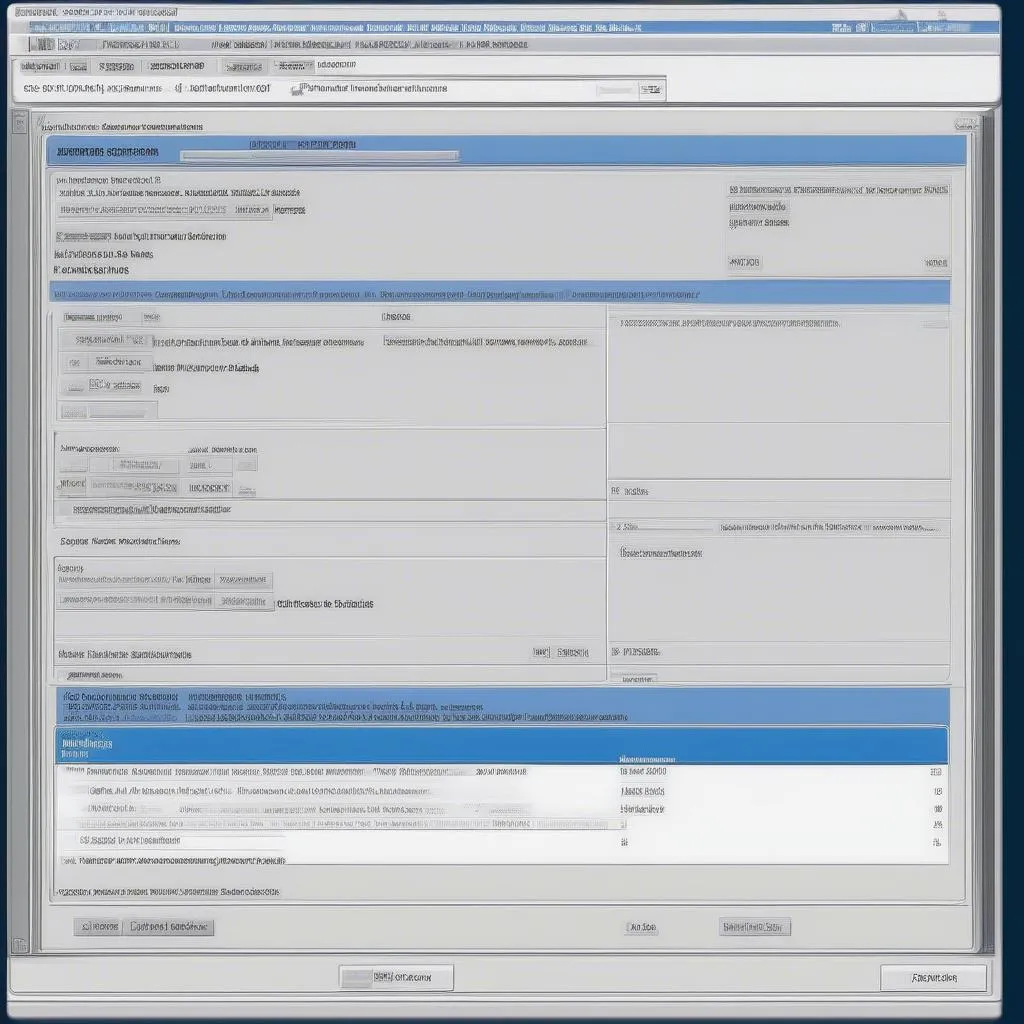Dealing with a clogged Diesel Particulate Filter (DPF) on your 1.6 TDI engine? A VCDS (VAG-COM Diagnostic System) can be your best friend in this situation. This guide delves into the world of 1.6 TDI DPF regeneration using VCDS, providing professional insights and answering frequently asked questions.
What is DPF Regeneration and Why Is It Important?
DPFs are essential components in modern diesel vehicles, designed to trap harmful soot particles from the exhaust gases. Over time, the DPF accumulates soot, requiring a regeneration process to burn it off and maintain optimal engine performance.
 diesel particulate filter
diesel particulate filter
The Role of VCDS in 1.6 TDI DPF Regeneration
VCDS is a powerful diagnostic tool that allows you to communicate with your vehicle’s Engine Control Unit (ECU). For 1.6 TDI engines, VCDS enables you to:
- Initiate a Forced DPF Regeneration: When your DPF is nearing capacity, VCDS can trigger a forced regeneration cycle to burn off the accumulated soot.
- Monitor DPF Parameters: Gain valuable insights into your DPF’s health by monitoring parameters like soot load, exhaust temperatures, and differential pressure.
- Diagnose DPF Problems: Identify potential issues such as faulty sensors or other problems hindering the regeneration process.
 VCDS software interface
VCDS software interface
Performing a 1.6 TDI DPF Regeneration with VCDS: A Step-by-Step Guide
Before you begin, ensure your vehicle meets the necessary conditions for a safe and successful regeneration. This typically includes sufficient fuel, engine oil levels, and a minimum driving speed.
- Connect and Prepare: Connect your VCDS interface to your vehicle’s OBD-II port and turn the ignition on.
- Access Engine Module: Launch the VCDS software and select the “Engine” control module.
- Locate DPF Regeneration Function: Navigate to the “Basic Functions” or “Advanced Functions” section (depending on your VCDS version) and select “DPF Regeneration.”
- Follow On-Screen Instructions: Carefully follow the prompts provided by the VCDS software. You’ll likely need to confirm the regeneration process and monitor the progress.
- Complete the Process: Allow the regeneration to run its course. This usually takes around 20-30 minutes. Do not interrupt the process unless instructed by the software.
Important Considerations and Precautions
- Safety First: DPF regeneration generates high exhaust temperatures. It’s crucial to perform this procedure in a well-ventilated area and avoid touching the exhaust system.
- Underlying Issues: If you frequently experience DPF issues or regenerations fail to complete, it’s essential to have your vehicle inspected by a qualified mechanic. Ignoring persistent DPF problems can lead to costly repairs.
- Consult Your Owner’s Manual: Always refer to your vehicle’s owner’s manual for specific instructions and recommendations regarding DPF regeneration.
FAQs About 1.6 TDI DPF Regeneration with VCDS
Q: How often should I regenerate my DPF?
A: The frequency of DPF regeneration varies depending on driving conditions. Typically, it occurs automatically every 200-500 miles. However, frequent short trips and city driving may necessitate more frequent regenerations.
Q: Can I drive my car during a DPF regeneration?
A: Yes, in most cases, you can continue driving during a regeneration. However, it’s essential to maintain a consistent speed and avoid interrupting the process.
Q: What are the symptoms of a blocked DPF?
A: Common signs include reduced engine performance, increased fuel consumption, warning lights on the dashboard (DPF or engine management), and a noticeable smell of diesel exhaust.
Q: Can I clean my DPF instead of replacing it?
A: In some cases, cleaning the DPF might be possible. However, it’s essential to consult with a specialized service center as improper cleaning can damage the filter.
Expert Insight
“Regular maintenance and understanding your vehicle’s DPF system are crucial for optimal performance and longevity,” says automotive engineer Dr. Emily Carter, author of “Modern Diesel Engine Technology.” “Utilizing diagnostic tools like VCDS empowers vehicle owners to take a proactive approach to DPF maintenance and address potential issues promptly.”
Conclusion
Mastering DPF regeneration with VCDS provides valuable control over your 1.6 TDI engine’s health. By understanding the process, precautions, and frequently asked questions, you can contribute to a smoother, more efficient, and ultimately more enjoyable driving experience.
For those seeking high-quality diagnostic tools, Cardiagtech offers a wide range of products to suit various needs.
Contact CARDIAGTECH today to learn more about their offerings and find the ideal solution for your automotive diagnostic needs.


